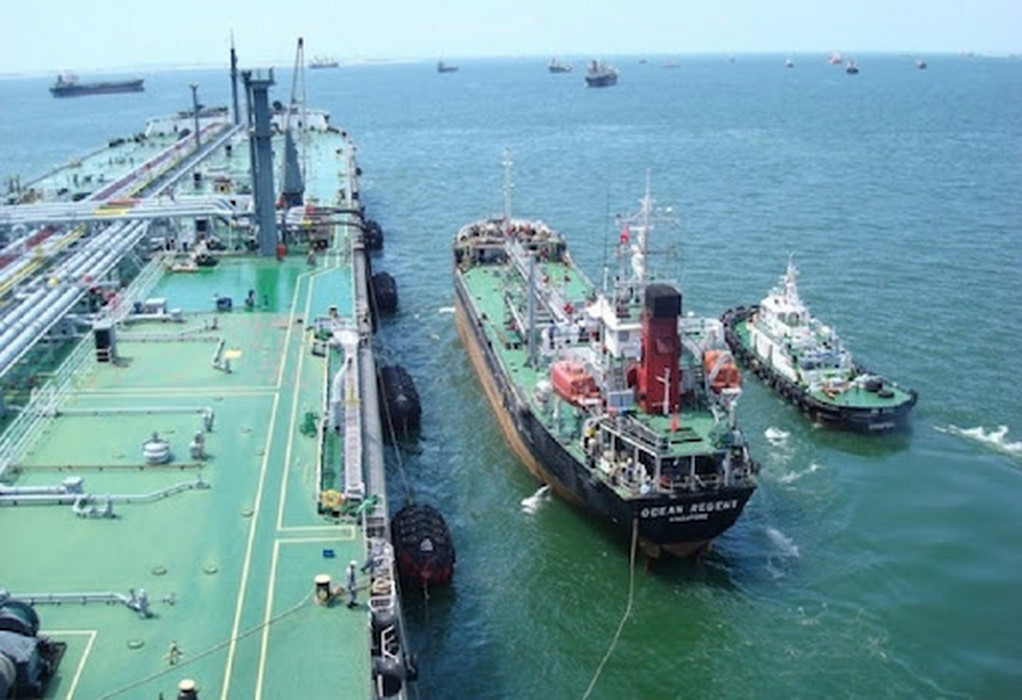Singapore bunker prices have risen strongly in recent weeks on the back of firm crude benchmark prices, and are further buoyed by strong spot demand and tighter availabilities of cargoes and barges.
The premium of delivered very-low sulphur fuel oil (VLSFO) bunkers over the cargo market has averaged $23.26/t so far this year, triple more typical levels, Argus data shows.
Argus has reported an average of 14 spot deals daily so far in February, compared with 10 last month.
Market participants submitted 19 deals today totalling 20,180t, as a decline in crude prices and tightening of cargo supplies incentivised ship owners to buy more spot barrels.
Low-sulphur residual inflows to Singapore from west of Suez and Asia-Pacific this month are below average at around 2.2mn-2.4mn t (506,800-552,900 b/d), traders and analysts said, lower than the average 2.5mn-3mn t/month in arrivals last year.
An unviable arbitrage from the west and Vincent crude no longer being available as a LSFO blendstock owing to specification changes — possibly a lower flash point — were cited as possible reasons for the thinner inflows. Fewer Algerian low-sulphur cargoes arriving in Singapore because of potential refinery maintenance was another. A three-month low of 111,100t of LSFO is expected to arrive in Singapore this month from Skikda, according to Vortexa data. Inflows were last lower in November 2021 at 17,000 b/d.
Strong low-sulphur straight-run fuel oil and vacuum gasoil feedstock demand from refiners in Europe and the US amid possibly higher middle distillate production on firm margins are also limiting inflows, market participants said.
The lower inflows are one factor driving up Asian low-sulphur fuel oil (LSFO) margins, or the premium or discount of month one swaps against Dubai crude values, to record highs of $17.47/bl on 4 February, the highest since Argus began assessing margins in March 2020. They have fallen slightly since, but remain above $16/bl.
The availability of bunker barges remains tight following the Lunar New Year holidays in the region.
“The barge schedule is definitely tight”, remarked one buyer. “Also, a large number of barges are hitting their age limit”, the buyer said.
Demand for gasoil bunkers is average, but the premium of low-sulphur marine gasoil (LSMGO) over VLSFO bunkers has been rising strongly. The premium bottomed out at $5/t on 2 December, before rising steeply to $112.50/t on 31 January.
“Singapore imported less gasoil during the first half of February due to some refineries in Vietnam shutting down, hence cargo was diverted there”, a local gasoil trader said.
Demand for high-sulphur fuel oil (HSFO) bunkers, which made up one in four barrels in Singapore last year according to data from the Maritime and Port Authority (MPA), also remains healthy.
HSFO barge availabilities are tight, with one large supplier last year reducing its HSFO barges by half as part of the company’s barge optimisation strategy. It is not clear whether those barges ended up being converted to carrying VLSFO or were taken over by other HSFO suppliers.
The strength in demand for VLSFO pushed the premium of VLSFO over HSFO bunkers to a recent record of $210.11/t on 7 February. The premium typically averages about $100/t, and was only ever higher around the time the 0.5pc sulphur mandate by the International Maritime Organisation came into effect on 1 January 2020.
Source: Argus Media
Tags: Bunkering, Cargo, Singapore, VLSFO



Recent Posts
Pan Ocean Orders Two Eco-Ready VLCCs from HD Hyundai Heavy Industries
FincoEnergies Advances Digital Marine Biofuel Delivery with eBDN Technology Adoption
Ocean Hyway Cluster Secures Funding for Green Maritime Energy Station Pre-Study
Eitzen Group to Build 850 TEU Battery-Powered Containerships with Enova Backing
MSC Marks Hamburg Partnership with Festival and LNG Vessel Launch
Ocean Network Express Expands Fleet with Delivery of Newbuild ‘ONE Singapore’
GCMD Publishes Insights from Landmark Ammonia Transfer Trial Off Western Australia
GEODIS Releases 2024 Activity and Sustainability Report, Reaffirms Climate Commitment